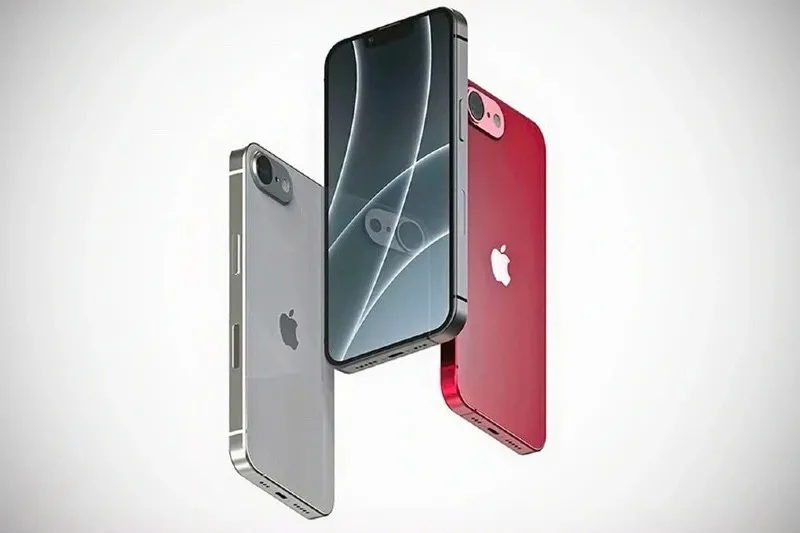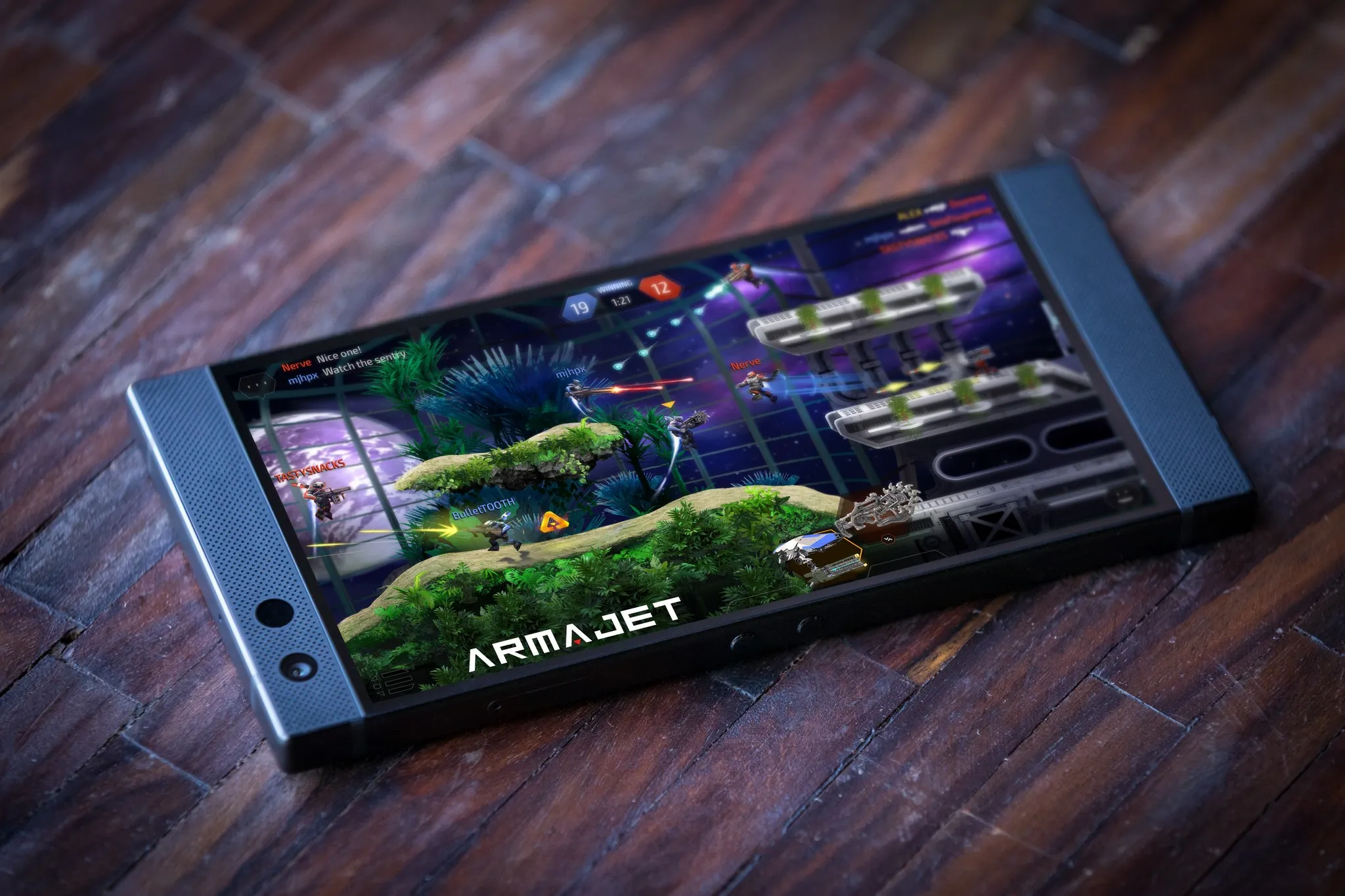Apple has officially launched the iPhone 16E, marking a significant shift in its lineup by eliminating the home button and transitioning entirely to Face ID. Priced at $599, the 16E serves as the spiritual successor to the iPhone SE, boasting a modernized design, USB-C charging, and Apple Intelligence capabilities. However, it omits MagSafe support and high-speed wireless charging, setting it apart from the flagship iPhone 16 series.
The End of the Home Button Era
The iPhone 16E confirms what many had speculated: Apple is done with the home button. Unlike its predecessor, the iPhone SE, which retained Touch ID, the 16E moves to a Face ID-enabled notch, similar to 2022’s iPhone 14. This move not only aligns it with Apple’s current design philosophy but also allows for a larger display and a more streamlined user experience.

The phone features a 6.06-inch OLED display, closely matching the 6.12-inch screen of the standard iPhone 16. With its slim bezels and modern aesthetic, the iPhone 16E stands as a significant upgrade over the SE’s dated design.
USB-C Takes Over
Apple’s transition from Lightning to USB-C continues with the iPhone 16E, making it one of the latest devices to comply with the European Union’s regulations. This change allows users to utilize the same charging cables across their Apple ecosystem, from MacBooks to iPads and now iPhones. While USB-C brings versatility, the 16E does not support the high-speed charging seen in higher-end models.
Powerful A18 Chipset and Apple Intelligence
One of the standout upgrades in the iPhone 16E is the inclusion of the A18 chip, the same processor found in the iPhone 16. This means the 16E is fully equipped to handle Apple Intelligence, a suite of AI-driven tools that include real-time language translation, notification summaries, and smarter photo organization. Interestingly, even last year’s non-Pro iPhone 15 lacks these AI capabilities, making the 16E a surprisingly capable device in Apple's lineup.

Apple has confirmed that 8GB of RAM is the minimum requirement for Apple Intelligence, implying that the 16E includes at least that much memory. This ensures smooth performance across various tasks, from gaming to multitasking.
Storage Boost and Camera Setup
Unlike the previous iPhone SE models, which started at a mere 64GB of storage, the iPhone 16E now begins at 128GB. This increase is a welcome change, especially as apps and media files continue to demand more space.
On the camera front, the 16E includes a single 48-megapixel rear camera. While it lacks the dual or triple-camera setups of Apple’s premium models, the primary sensor is still powerful enough to capture high-quality images. However, users who rely on ultra-wide or telephoto lenses may find the 16E’s camera capabilities somewhat limiting.
No MagSafe, Slower Wireless Charging
One notable omission from the iPhone 16E is MagSafe, Apple’s proprietary magnetic attachment system for wireless chargers and accessories. Instead, the device supports standard Qi wireless charging up to 7.5W—significantly slower than the 25W charging speeds available on pricier iPhones. This could be a dealbreaker for users who have invested in the MagSafe ecosystem.

Apple’s First In-House Modem
For the first time, Apple has included an in-house modem in the iPhone 16E. The company has been working toward reducing its reliance on Qualcomm for years, and this marks a pivotal moment in that transition. The performance of this new modem will be closely watched, as it could set the stage for Apple’s broader connectivity ambitions, including future iPhone models.
Pricing and Availability
The iPhone 16E is available for preorder starting at $599, with shipments beginning on February 28th. This price is a significant jump from the 2022 iPhone SE, which started at $429, but Apple justifies the increase with a larger display, modern design, improved internals, and better storage options.
Is the iPhone 16E Worth It?
For those seeking a budget-friendly iPhone with modern features, the 16E is a compelling option. It delivers a sleek design, a powerful A18 chip, and Apple Intelligence support at a relatively affordable price. However, its lack of MagSafe and limited camera setup may deter some buyers. If you can live without those extras, the iPhone 16E is arguably the best value iPhone Apple has released in years.
With this launch, Apple has officially phased out Touch ID from its main lineup, signaling a new era for iPhones. Whether this change is for better or worse depends on how users adapt to Face ID and Apple’s evolving approach to smartphone design.

-1706925458.jpg)

